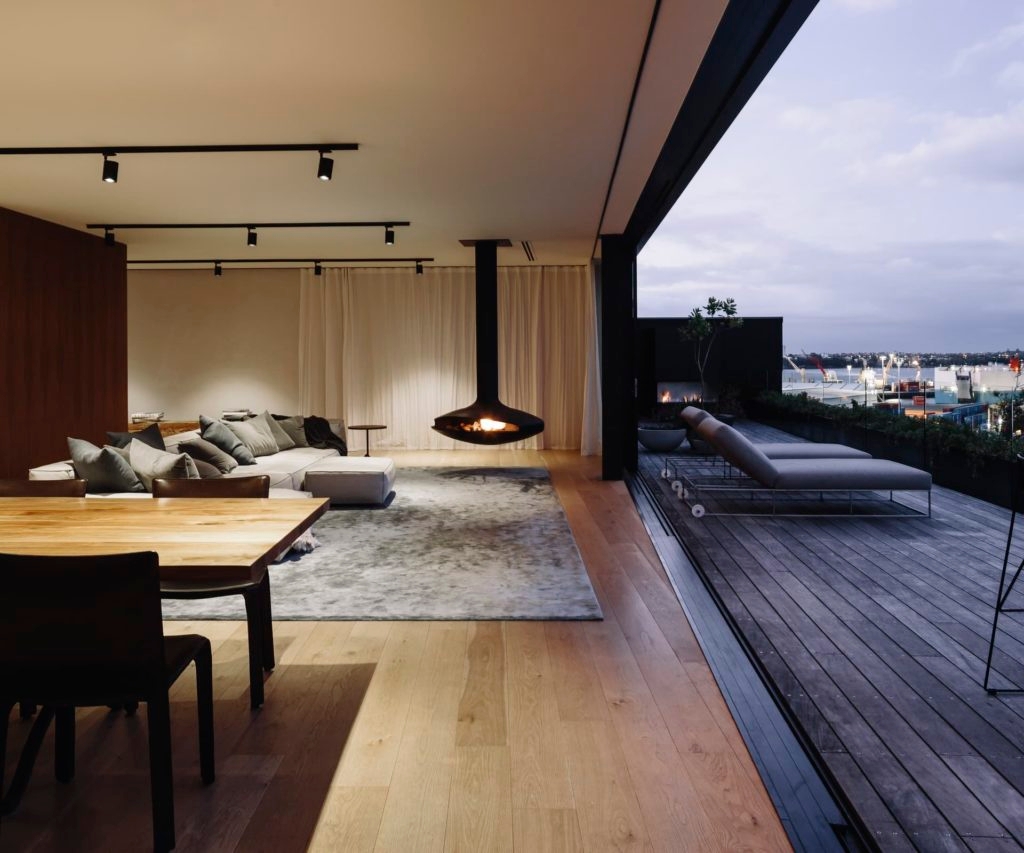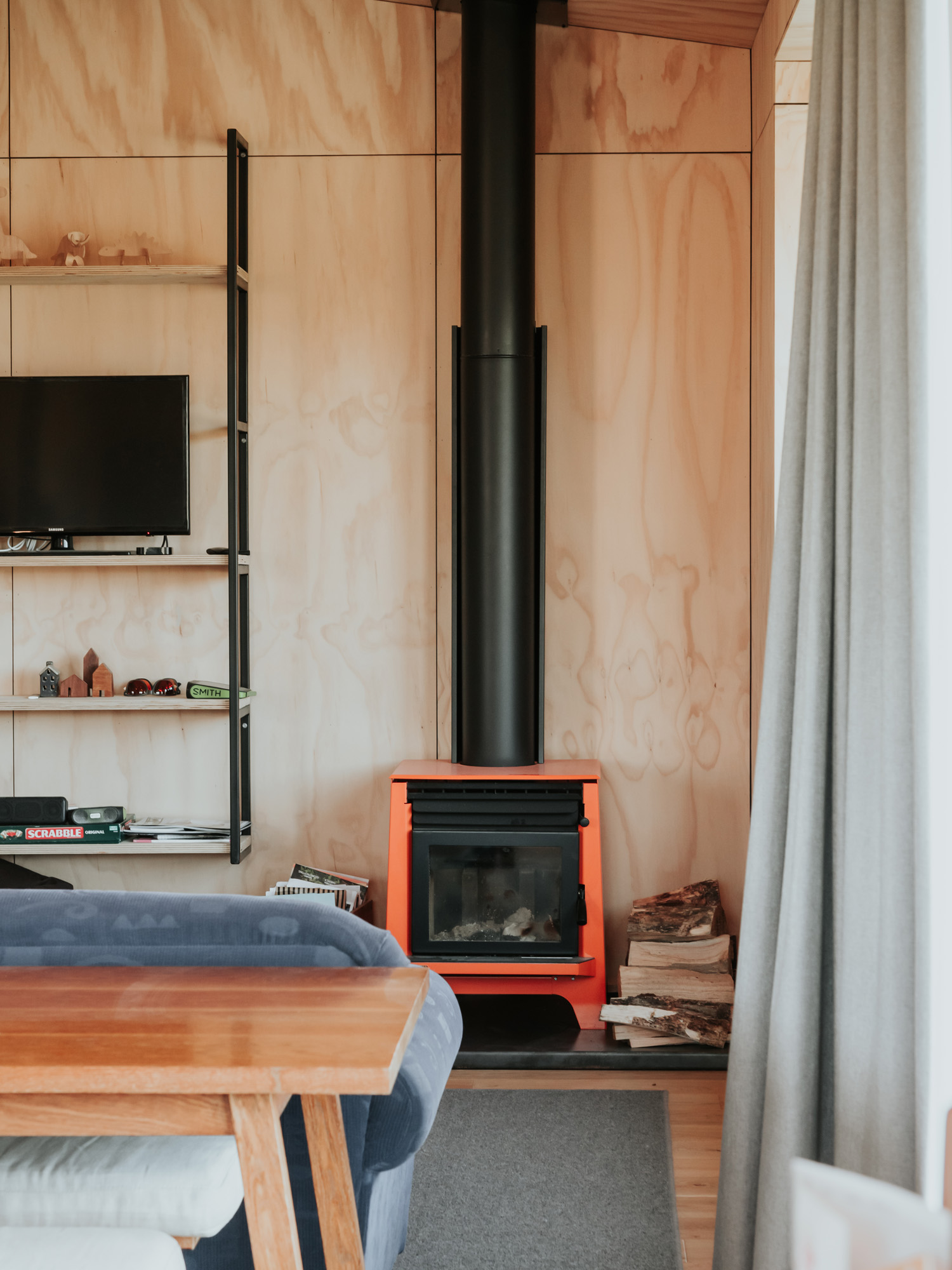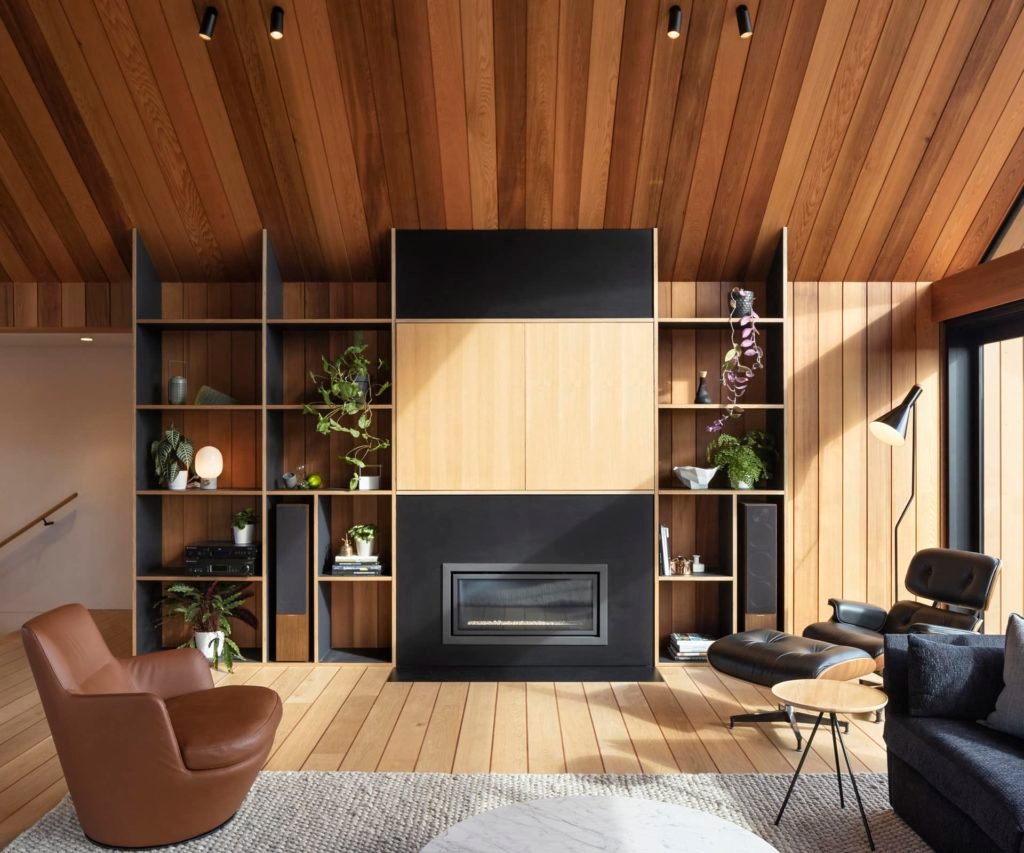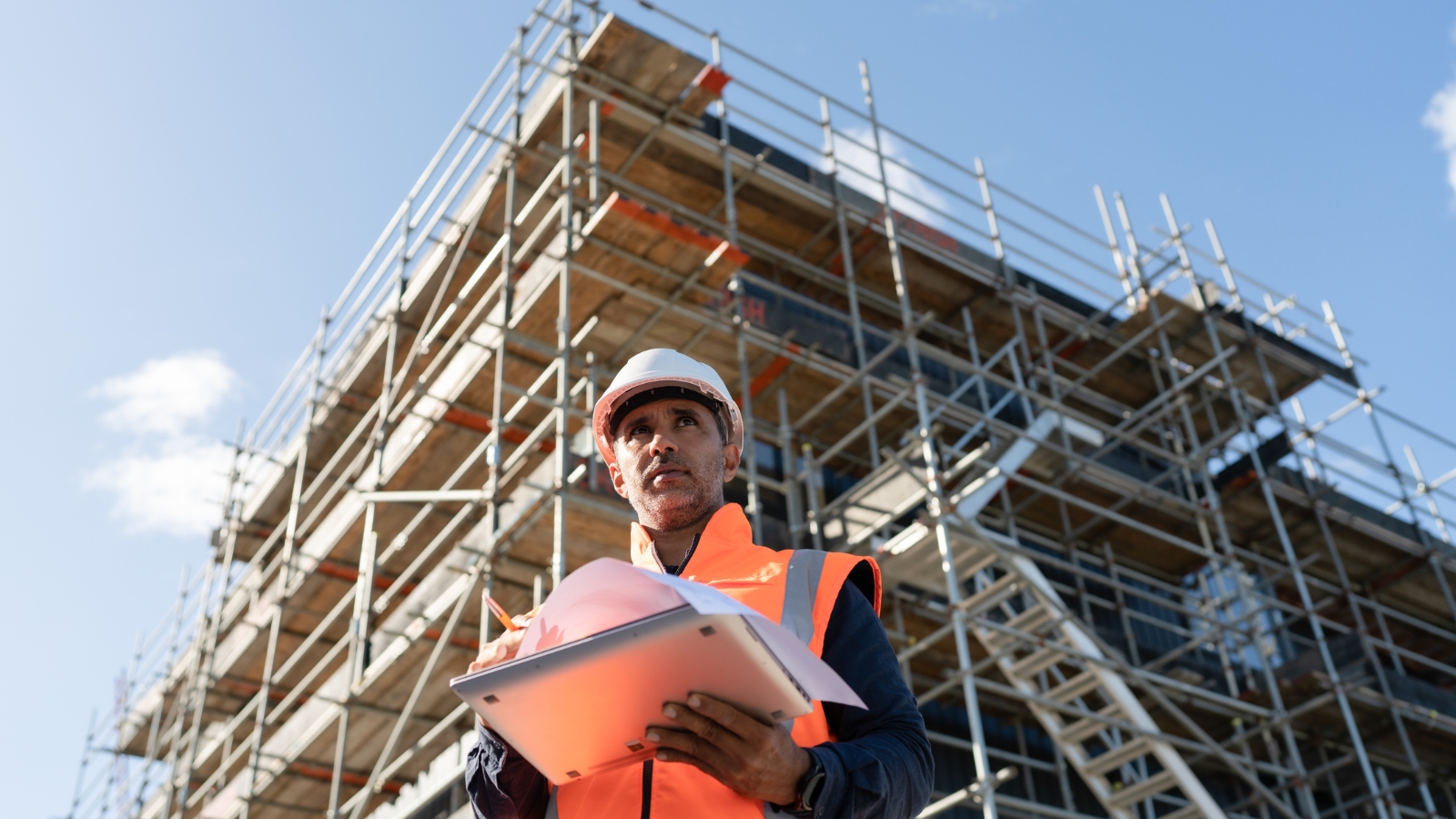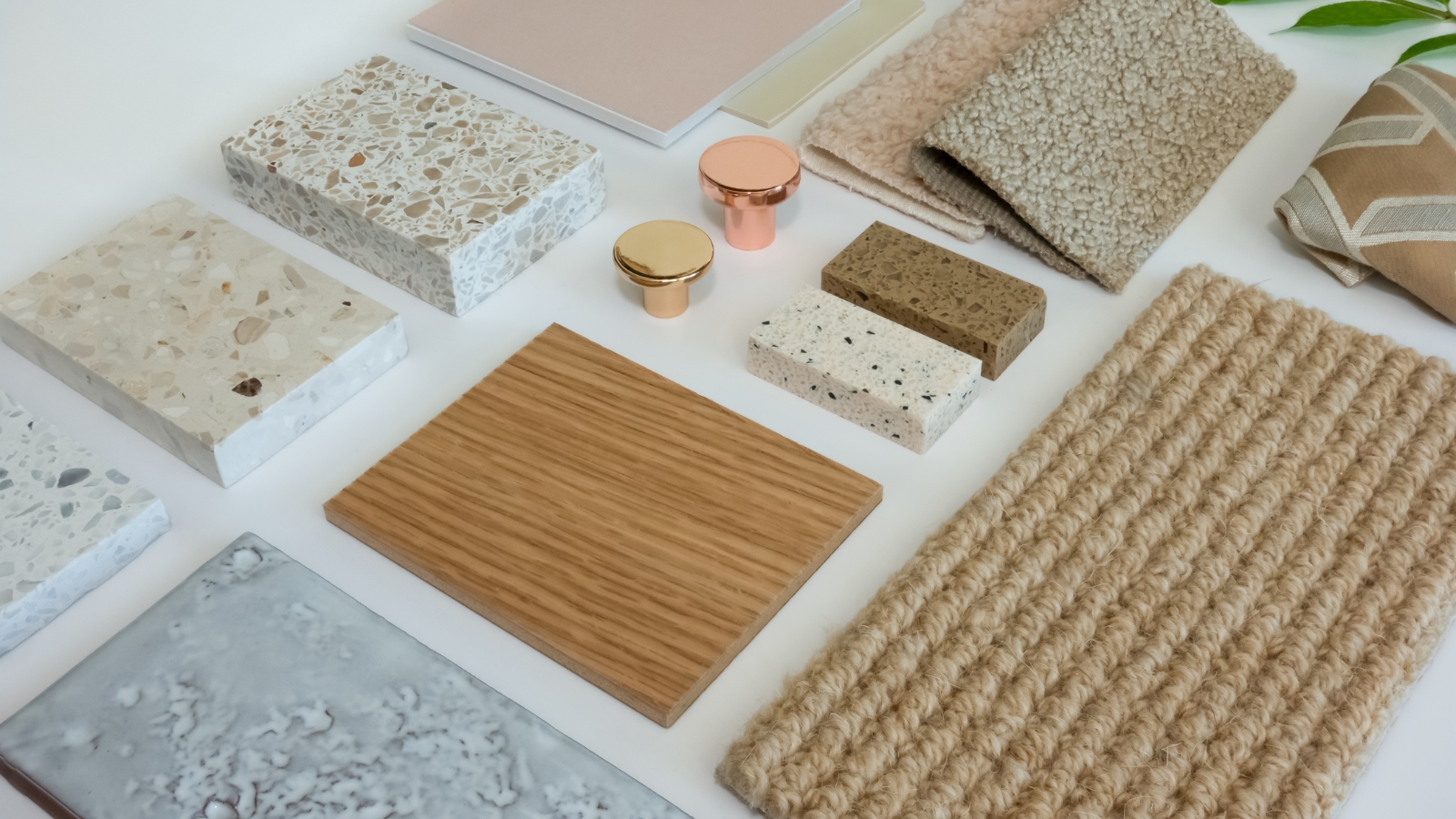Feature article
Bold, bespoke, beautiful: warm your home and soul with contemporary fireplace designs
Until relatively recently, fireplaces were similar in function and aesthetics.

Suspended Fires
Turning the traditional concept of the fireplace on its head, the suspended fire is just that; a fire hung from the ceiling. A dramatic shift from what we once associated with an open fire, the suspended fire combines functionality with a highly sculptural form; together, making a striking visual statement.
In a smaller area, the ability to fix a fire to the ceiling creates a sense of space as the floor is visible beneath it; a simple but clever way to incorporate a very contemporary fire design into homes with smaller footprints.
They also offer a new level of design freedom. Many suspended fires have the ability to move the fire bowl 360 degrees to face any direction required.
Depending on the model chosen, suspended fires can be used either indoors or outdoors, and are available for different fuel types including wood, gas and biofuel.
The suspended fire is an artwork in which modern engineering meets the age-old allure of open flames.
Double-Sided Fires
Providing both connection and separation, the double-sided fireplace is a popular centrepiece in modern open-plan living. An elegant double-sided fireplace works efficiently to warm a larger indoor space, and provide delineation between two spaces while maintaining visual- and light-flow between them.
A double-sided fireplace can also function as a partition between indoor and outdoor rooms, offering aesthetically cohesive spaces connected through the flames.
Available in a myriad of styles and sizes, double-sided fires can be designed specifically for a bespoke application, or customised to suit a particular setting. Generally, double-sided fires are gas, but options exist for a range of fuel types.
This application of a double-sided fireplace shares light and warmth to different areas of a Versatile family home by Rogan Nash Architects.
Freestanding Fires
The rustic appeal of a freestanding fire has long been synonymous with the rural cottage. In their contemporary iterations, freestanding fires allow for freedom of design with unconventional layouts or smaller footprints.
With almost unlimited sizes and designs available, freestanding fires can create a unique focal point in the home, welcoming visitors with the crackle and warmth of days gone by wrapped in a contemporary form.
Verticality, slim lines and curvature are the hallmarks of the modern freestanding log burner and wood fire, while colour is being introduced to create a symbiosis between interior design and fire: a modern iteration to house the flickering flames humans have always been drawn to.
Bespoke colour options can be specified to suit any space, with hundreds of colours available from a range of suppliers.
This highly efficient, clean-burning Ethos Phoenix freestanding fire, one of the only wood burners available in New Zealand suitable for airtight construction, is the singular heat source in a cleaver little home by Chaney & Norman Architects in Luggate
Built-In Fireplaces
The traditional fireplace has seen countless transformations, yet arguably none so elegant as the modern built-in fireplace – the panoramic spectacle of dancing flames placed snugly below a television or work of art.
There’s longevity in the design of the built-in fireplace, but the latest technology allows for fireplaces to be set within cabinetry with minimal space between the firebox and surrounds, while delivering a highly efficient heat output.
A minimilist fireplace design adds effortless ambience to this modern Mt Maunganui home by Studio2 Architects
This article was originally published on homemagazine.nz
Author
Other articles you might like
